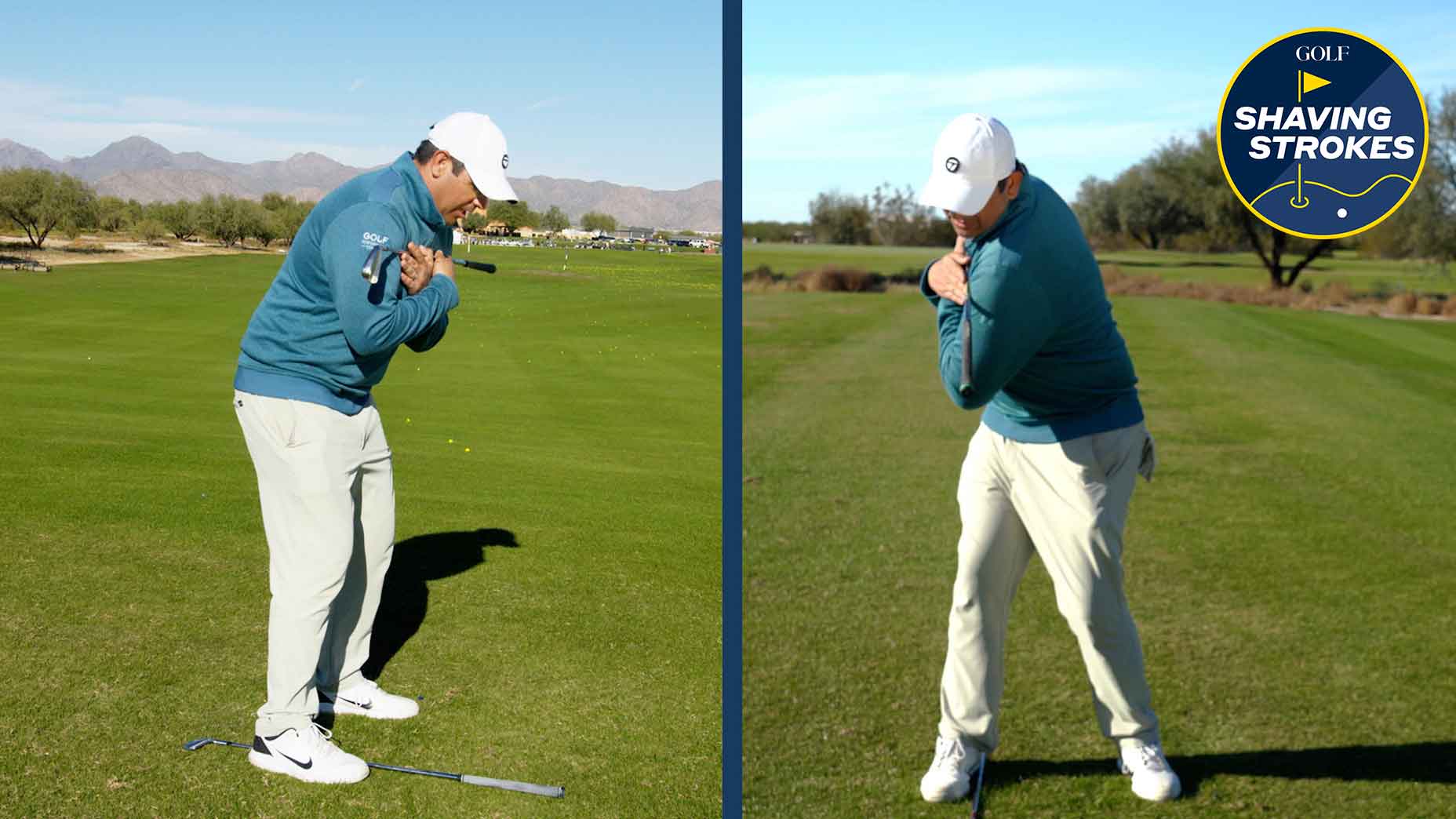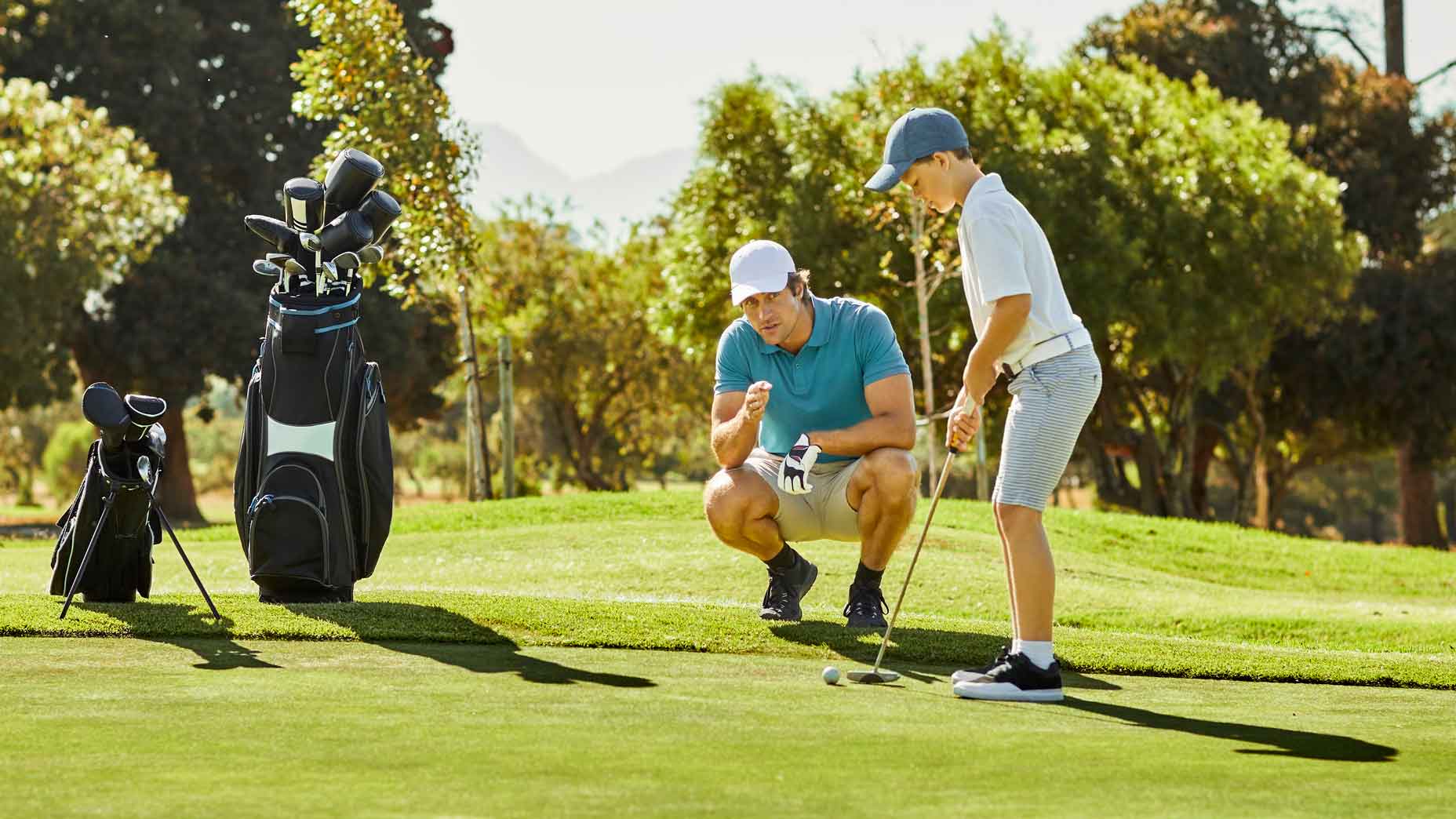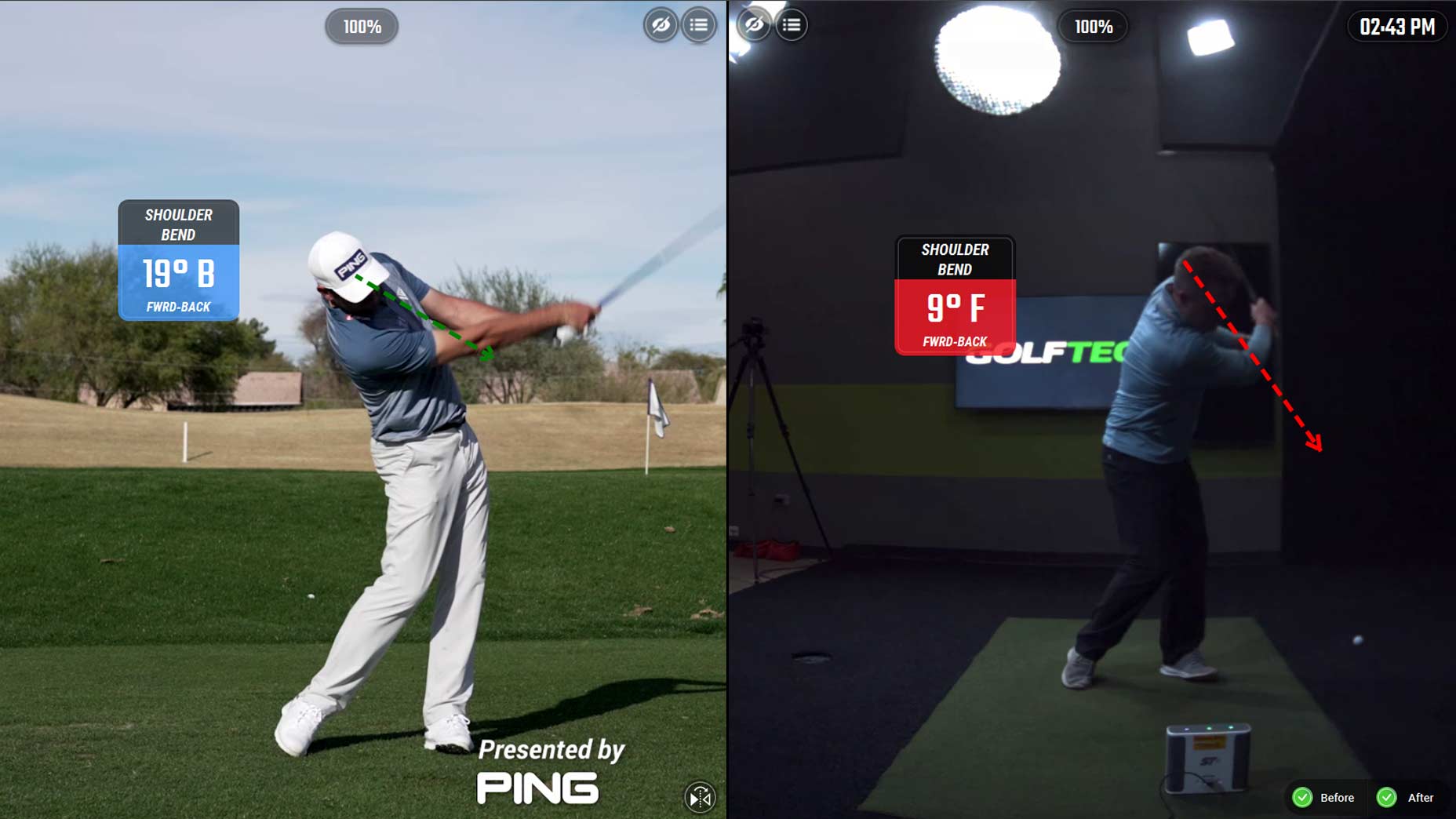Welcome to Shaving Strokes, a GOLF.com series in which we’re sharing improvements, learnings and takeaways from amateur golfers just like you — including some of the speed bumps and challenges they faced along the way.
If you asked me how I was hitting the ball about a month ago, I’d tell you I was still quite the inconsistent ball-striker, often leaving the clubhead way too open and pushing everything to the right.
When this happened off the tee, I would produce a major slice. With irons, it would cost me distance, while also carrying the ball from center-to-right — which is no way to go through a round of golf.
I shot the round of my life at this Canadian oasis. Here’s howBy: Nick Dimengo
Frustrated, I talked to a few different folks about what I needed to do in order to improve. Almost immediately, everyone said the same thing: Work on your takeaway!
In the past month, not only am I hitting more irons pure; I’ve been crushing my drives, consistently traveling the farthest I’ve ever seen as a golfer. But could it really all be due to a simple adjustment in the first little moves of starting my golf swing? Indeed.
Improving my takeaway means consciously thinking about rotating all the way back, getting my arms in the right positions, keeping the clubhead on plane, and using my upper body to act as a pendulum as I come back through impact. The results now speak for themselves; I’m starting to hit more fairways and greens in regulation.
How to master the perfect golf takeaway
Since the takeaway is such an important step in the swing sequence, GOLF Top 100 Teacher Jason Baile shares a drill that feels good and has helped me hit better shots. The video above (courtesy of Titleist’s YouTube channel) shows how it works.
Pick up clubhead speed — and easy yards — with this coil drillBy: Nick Dimengo
Baile says it’s important to get the feeling of a good takeaway, which is why he uses a simple hardware store product (gear tie) to give instant feedback while using this drill.
“[This drill will] you an understanding of some feelings to get that golf club working back in the takeaway in the first three feet in a much better fashion,” he says. “[I then wrap the gear tie] around the shaft a couple of times, and make it look like airplane wings.”
Baile then walks through two common takeaway mistakes, an open golf takeaway and a shut takeaway, sharing ways to correct each.
Open takeaway
“When I set up to the golf ball, my tendency is to roll my airplane wings flat to the ground, getting the clubhead a little too far behind my hands with the handle a little too far out. This causes me to pick it up and get it across the line too much,” he says.
But when players do this over-the-top move, they often try and self-correct on the way down, which typically leads to an open clubface and shots sailing to the right (for a right-handed player).
Instead, Baile says to make sure the “airplane wings” he created on his club with the gear tie are pointed down to the target line, which helps keep the clubface square in the downswing.
“So I like to feel it come back with my hands in, the clubhead stays outside of my hands, and those airplane wings pretty much point right back at the target line — which creates a nice, shaft plane angle that we setup to at address,” he adds. “If I can get the club started back in that fashion, all I need to do is fold my right arm and that club’s going to get in a really good position at the top.
Shut takeaway
Next, Baile gives advice for those players who tend to keep the golf takeaway too shut, which is often the culprit for those who hook it too frequently.
“If you’re the type of player who tends to take the club back a little too shut, where the hands work too far in and the clubhead works too far out, the airplane wings will be pointed too much either towards the ground or towards my feet,” he says. So that clubface is going to be shut, causing me to do some sort of reroute on the downswing to get it back to the ball.”
To correct, Baile says he likes to feel his upper body rotate back and a little tug on his lead shoulder, which helps keep those “airplane wings” in the right position.
“So I like feeling the upper body work, keeping the airplane wings on-plane,” Baile adds. “I also feel a little tug on my left shoulder, which sets my shoulder plane really nicely as I keep that handle working in, and that clubhead in relation to my hands on the outside.”
With this easy gear tie drill, you’ll be able to feel the proper takeaway, get instant feedback for where the clubhead is as you go back and come through impact, and correct common (and frustrating) mishits.
Check out the new Titliest GT Drivers – the next generation of Titleist driving excellence.












